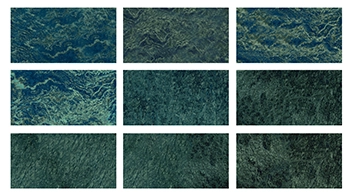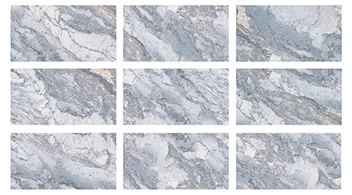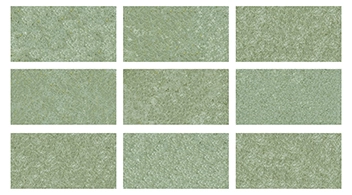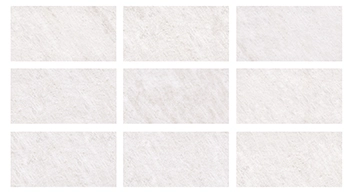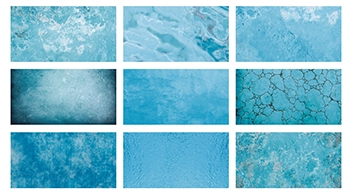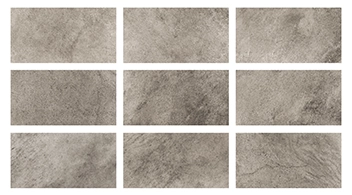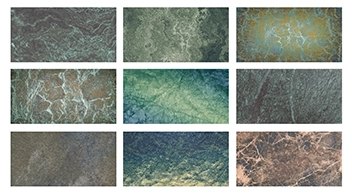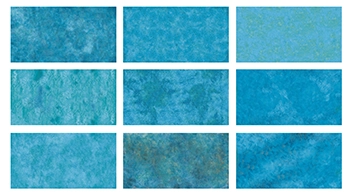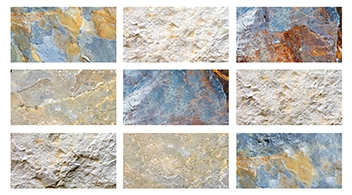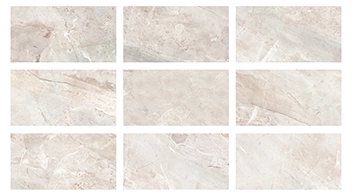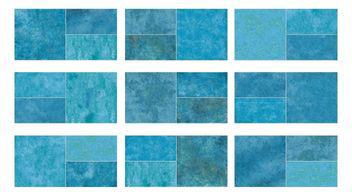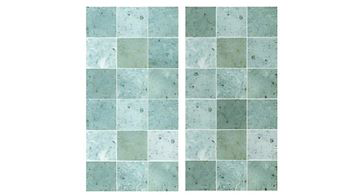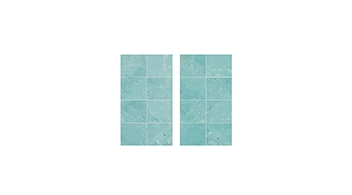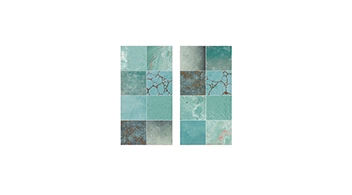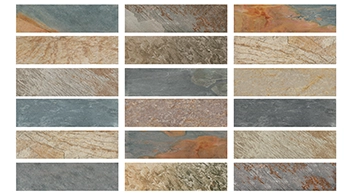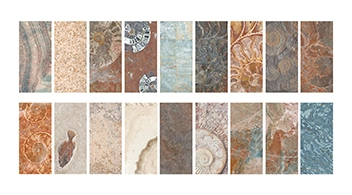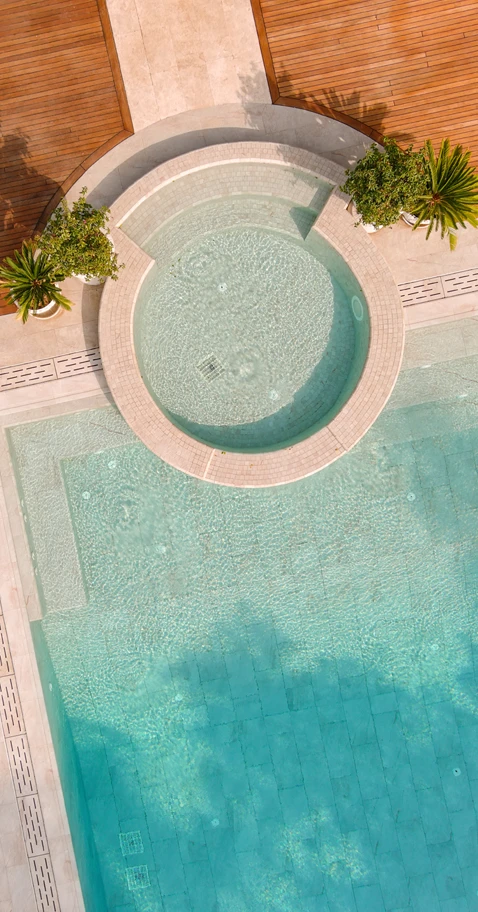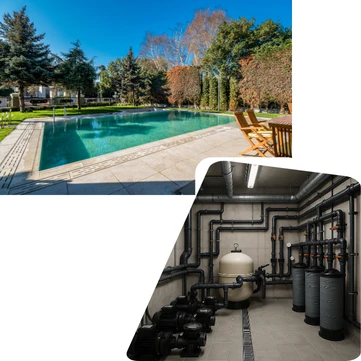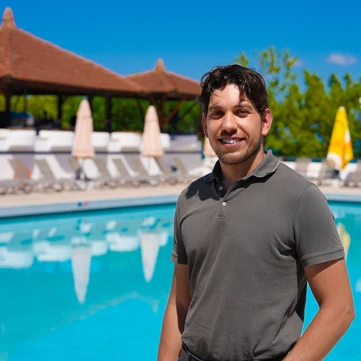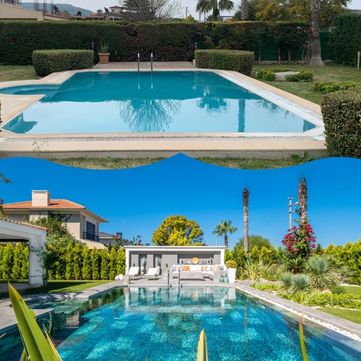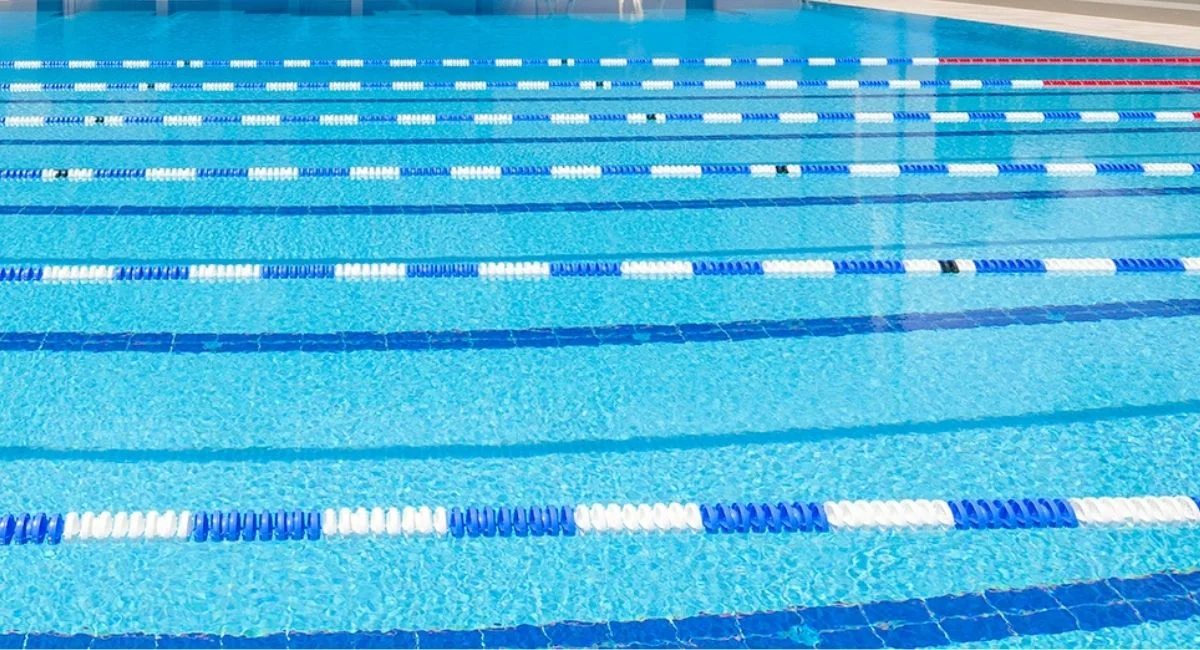
An Olympic swimming pool is a competition-standard facility built to precise specifications for international swimming events. These pools comply with the dimensions and technical requirements defined by the International Swimming Federation (FINA) to ensure fairness, safety, and high performance in the sport of swimming.
Key Features of an Olympic Pool
According to FINA standards, the main specifications for an Olympic swimming pool are:
- Length: 50 meters
- Width: Minimum 25 meters
- Lanes: 10 (competitions are usually held in the middle 8 lanes)
- Lane Width: 2.5 meters
- Depth: Minimum 2 meters (ideally 3 meters or more)
- Water Temperature: Between 25°C and 28°C
- Lighting: Minimum 1500 lux
- Floor and Walls: Must have Anti-slip Finish and be glare-resistant
Other FINA-Compliant Technical Requirements
- Touch panels must be installed at both ends of the pool.
- Pool edges should support efficient swimmer turns.
- Water circulation must minimize wave formation.
- Seating capacity and spectator areas are arranged according to the scale of the event.
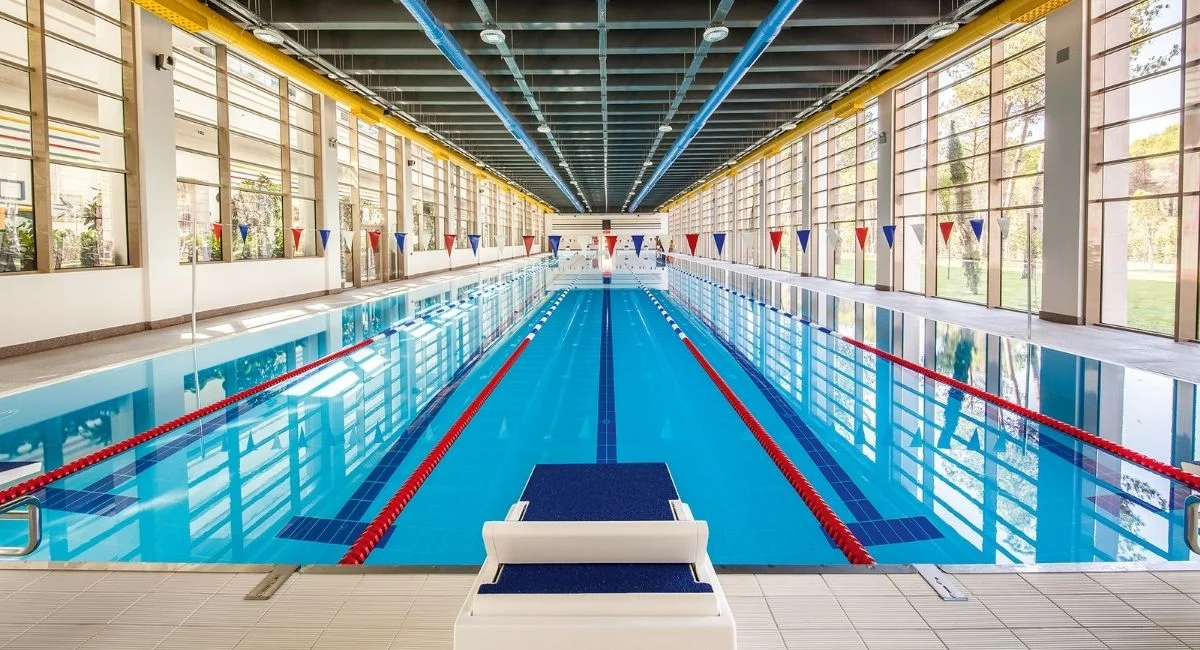
Olympic Pools with Serapool Quality
Complying with these rigorous standards requires more than just dimensions—it demands premium-grade construction and finishing materials. Serapool offers professional-grade solutions for Olympic-level pools, including Olympic Pool Coping, Stair Non-Slip, and complementary Porcelain Tiles developed specifically for FINA-standard facilities.
Serapool's tiles are recognized for their durability, Chemical Resistance, and Long-Lasting Surfaces, making them a reliable choice for competition venues. The Pool Coping supports fluid turns for athletes, while Stair Non-Slip products ensure maximum safety during entry and exit. Every detail is designed in accordance with FINA standards, with athlete health and performance in mind.
Whether you're building a new Olympic pool or upgrading an existing facility to international standards, Serapool’s premium Porcelain Tiles and Olympic-grade solutions deliver a Safe, Aesthetic, and Durable swimming experience.
